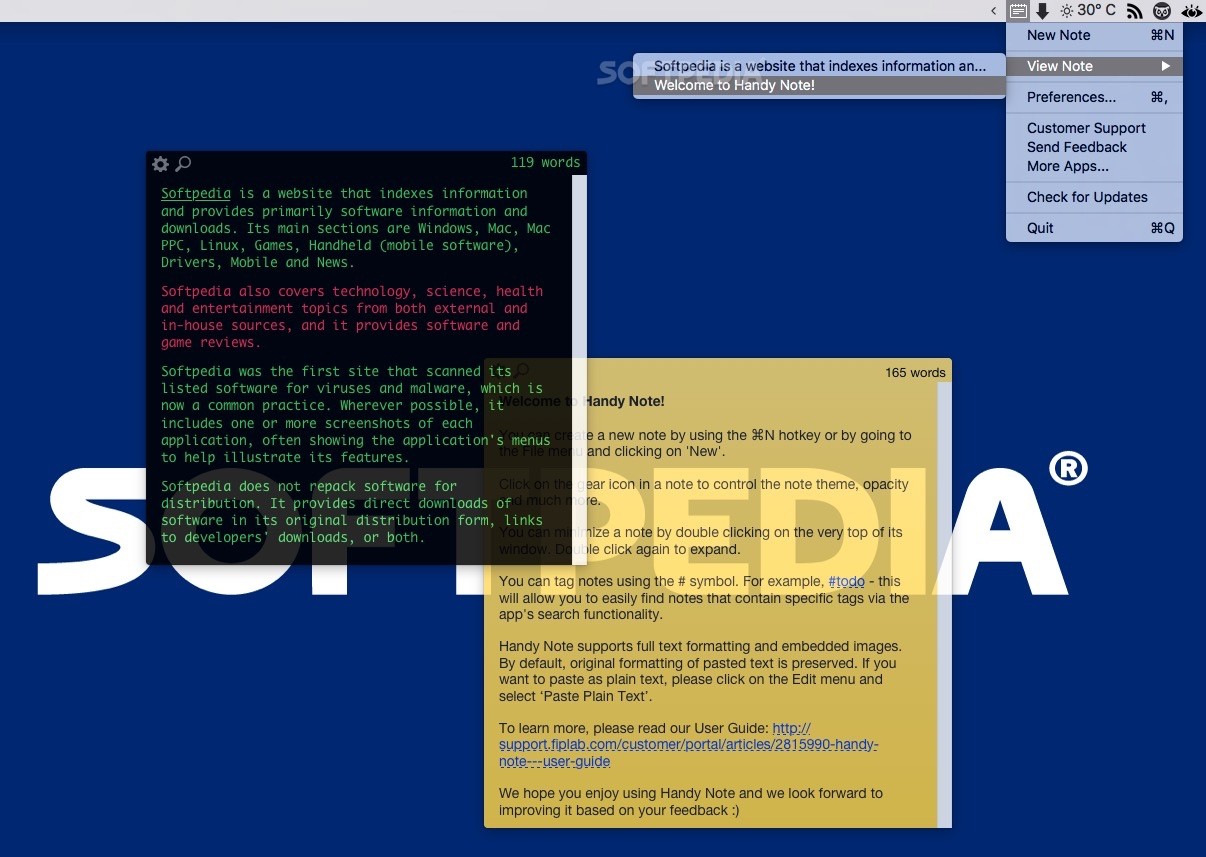
All of the time.’ Photograph: Courtesy of Asana Communications Justin Rosenstein, the former Google and Facebook engineer who helped build the ‘like’ button: ‘Everyone is distracted.

She has installed a web browser plug-in to eradicate her Facebook news feed, and hired a social media manager to monitor her Facebook page so that she doesn’t have to. Now 35 and an illustrator, Pearlman confirmed via email that she, too, has grown disaffected with Facebook “likes” and other addictive feedback loops. It was Rosenstein’s colleague, Leah Pearlman, then a product manager at Facebook and on the team that created the Facebook “like”, who announced the feature in a 2009 blogpost. The idea was soon copied by Twitter, with its heart-shaped “likes” (previously star-shaped “favourites”), Instagram, and countless other apps and websites.


Facebook’s “like” feature was, Rosenstein says, “wildly” successful: engagement soared as people enjoyed the short-term boost they got from giving or receiving social affirmation, while Facebook harvested valuable data about the preferences of users that could be sold to advertisers. In 2007, Rosenstein was one of a small group of Facebook employees who decided to create a path of least resistance – a single click – to “send little bits of positivity” across the platform. “All of the time.” It is very common for humans to develop things with the best of intentions that have unintended, negative consequences Justin Rosenstein, creator of the 'like' buttonīut those concerns are trivial compared with the devastating impact upon the political system that some of Rosenstein’s peers believe can be attributed to the rise of social media and the attention-based market that drives it.ĭrawing a straight line between addiction to social media and political earthquakes like Brexit and the rise of Donald Trump, they contend that digital forces have completely upended the political system and, left unchecked, could even render democracy as we know it obsolete. “Everyone is distracted,” Rosenstein says. One recent study showed that the mere presence of smartphones damages cognitive capacity – even when the device is turned off. There is growing concern that as well as addicting users, technology is contributing toward so-called “continuous partial attention”, severely limiting people’s ability to focus, and possibly lowering IQ. Rosenstein, who also helped create Gchat during a stint at Google, and now leads a San Francisco-based company that improves office productivity, appears most concerned about the psychological effects on people who, research shows, touch, swipe or tap their phone 2,617 times a day. “It is very common,” Rosenstein says, “for humans to develop things with the best of intentions and for them to have unintended, negative consequences.” Instead, they tend to have worked a rung or two down the corporate ladder: designers, engineers and product managers who, like Rosenstein, several years ago put in place the building blocks of a digital world from which they are now trying to disentangle themselves. These refuseniks are rarely founders or chief executives, who have little incentive to deviate from the mantra that their companies are making the world a better place. And Rosenstein should know: he was the Facebook engineer who created the “like” button in the first place.Ī decade after he stayed up all night coding a prototype of what was then called an “awesome” button, Rosenstein belongs to a small but growing band of Silicon Valley heretics who complain about the rise of the so-called “attention economy”: an internet shaped around the demands of an advertising economy.

He was particularly aware of the allure of Facebook “likes”, which he describes as “bright dings of pseudo-pleasure” that can be as hollow as they are seductive.


 0 kommentar(er)
0 kommentar(er)
